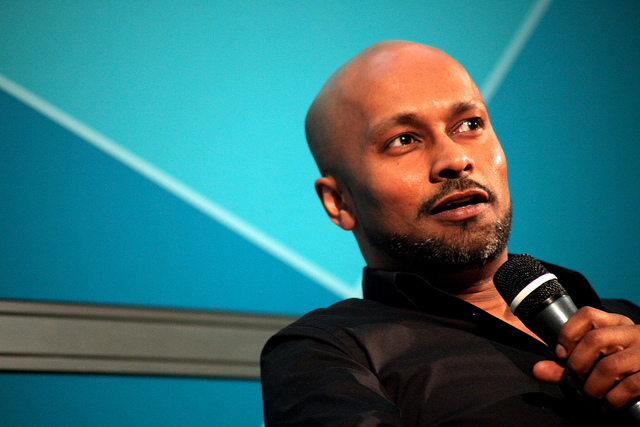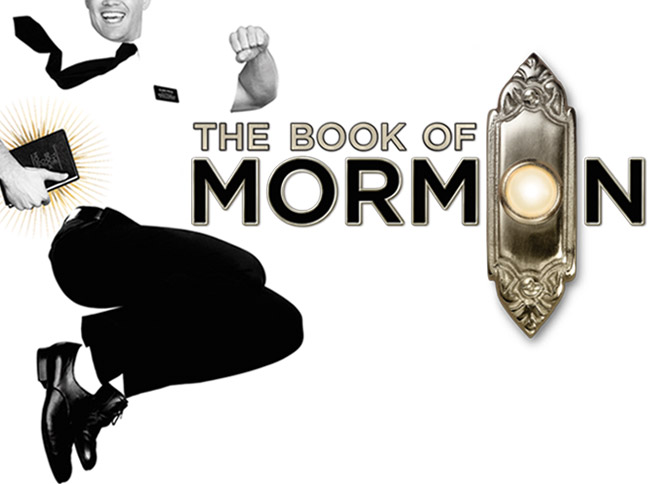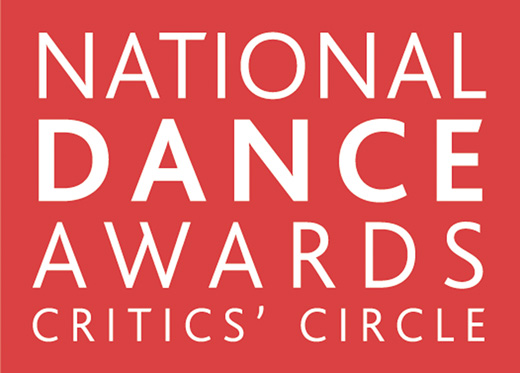
Rambert Dance Company turned 87 years old on 15 June 2013 as Britain’s oldest dance company. There has been much discussion amongst balletomanes recently about the ethnicity of dancers in British ballet and dance companies and the lack of British dancers, so it is ironic that Rambert’s founder, Marie Rambert, was Polish and originally studied Eurythmics under Emile Jacques-Dalcroze.
Established in 1926, Rambert – as it is now to be known following recent rebranding of the Richard Alston named Rambert Dance Company – is the flagship modern dance company of Britain, employing more dancers and artists than any other dance company in the UK. Rambert appeals widely to audiences all over the world, often dancing the works of iconic choreographers both past and present, such as Wayne McGregor, Siobhan Davies and American modern dance pioneer Merce Cunningham. This gives a certain stature to Rambert’s work as it continues to provide a vast repertoire of works around the world.
Rambert’s first choreographic work in 1926 is said to mark the birth of British ballet under the title A Tragedy of Fashion by Frederick Ashton, who was then one of Rambert’s students. In 1935 Rambert was renamed Ballet Rambert (from the Ballet Club as it was originally known), and this name remained until 1987. Rambert became a touring ballet company for up to 35 weeks a year during the Second World War and frequently performed at Sadler’s Wells. Ballet Rambert then went on to perform several classic including Giselle, Coppelia and the first major British productions of La Sylphide and Don Quixote, rather than creating new works.
In 1952 Rambert travelled to America to see the new developments in dance and study with some of the major choreographers of the time, such as Martha Graham. Following this the company returned to its original ethos and transformed from a medium-scale classical touring company, to smaller ensemble, to contemporary dance company in later years.




 With 2013 marking The Place’s 43rd anniversary, it was the opening of The Place theatre and the London Contemporary Dance School that saw a distinctly British school of modern dance. Although Robert Cohan may not have been the first person to teach or perform contemporary dance in the UK, he was the first to do it with a vision. As a dance partner of Martha Graham, one of the mothers of American modern dance, Cohan came to the UK from the US in 1967 and set in motion the careers of many of the UK’s most influential choreographers, from Richard Alston and Siobhan Davies to West End veteran Anthony Van Laast. Beginning humbly by teaching Graham technique to students, actors and artists who had little formal dance training, they were soon performing Cohan’s choreography as LCDT.
With 2013 marking The Place’s 43rd anniversary, it was the opening of The Place theatre and the London Contemporary Dance School that saw a distinctly British school of modern dance. Although Robert Cohan may not have been the first person to teach or perform contemporary dance in the UK, he was the first to do it with a vision. As a dance partner of Martha Graham, one of the mothers of American modern dance, Cohan came to the UK from the US in 1967 and set in motion the careers of many of the UK’s most influential choreographers, from Richard Alston and Siobhan Davies to West End veteran Anthony Van Laast. Beginning humbly by teaching Graham technique to students, actors and artists who had little formal dance training, they were soon performing Cohan’s choreography as LCDT.


